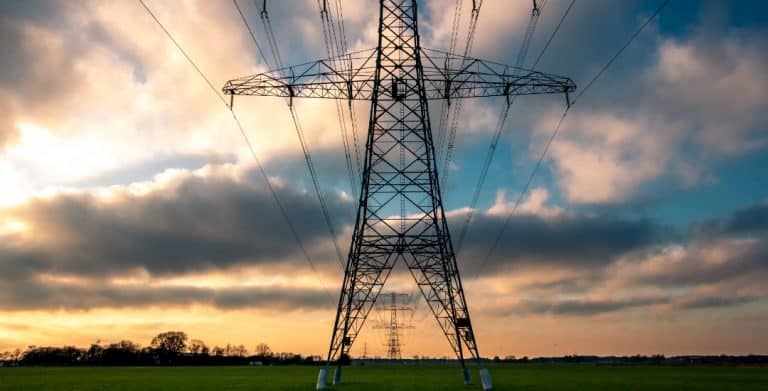

Last updated on September 11th, 2021 at 02:54 pm
Despite the spread of coronavirus pandemic and its negative impact on Nigeria’s economy, electricity losses due to lack of distribution infrastructure have dropped by 34 percent.
A compilation of data obtained by Vanguard from the Advisory Power Team, office of Vice President Yemi Osinbajo, indicated that the nation recorded 51,398.4 Megawatts, MW, as losses in the first quarter (January – March) of 2020.
This indicated a drop of 34 percent when juxtaposed against the 78,445.6Mw, recorded in the corresponding period of 2019.
However, many problems, including inadequate gas, low water level and poor transmission facilities continue to haunt the sector, thus denying consumers access to adequate and stable supply nationwide.
One of the recent reports stated: “On April 13, average energy sent out was 4,515Mw (up by 148.05 Mw from the previous day). 3,666Mw was not generated due to unavailability of gas.
“The power sector lost an estimated N2,012,000,000 on April 13, due to constraints from insufficient gas supply, distribution infrastructure and transmission infrastructure.”
Executive Director, Research and Advocacy of Association of Nigerian Electricity Distributors, ANED, Mr. Sunday Oduntan, could not be reached for comments, on Wednesday.
However, the most current report obtained by Vanguard from its website stated: “DisCos revenue collection in 2019 set a new record of NGN 473 billion, which represents an increment of N35 billion versus that of 2018 (+8 percent increment).
“As the energy wheeled by TCN only increased +1 percent and the allowed tariff or end-user tariff remained continues frozen at 32,5 N/kWh in average since 2016, the additional +7 percent is due to better collection performance of the DisCos.
“Particularly, in December, the DisCos collection achieved a new record of NGN 42.1 billion in a month, and the collection efficiency for Q4 set a new record of 71.4 percent.
“The Aggregate Technical, Commercial and Collection, ATC&C loss KPI (moving average) keeps consistently improving and it is now at 44.6 percent, although, it is still far from Ikeja Electric (IE)´s new record (22 percent in December 2019).
“Nevertheless, a few DisCos are showing symptoms of fatigue in their ATC&C loss reductions, with a DisCo deteriorating by a moving average of 4.7 points in 2019.
“Hopefully, this situation will revert soon and will not follow YEDC´s path, as YEDC has not been in control of its ATC&C losses for the last three years and will probably end the year at over 70 per cent in ATC&C losses.
“The energy to be received by the DisCos continues to be flat, low and far from any of NERC´s projections under the MYTO financial model.
Delays/barriers in the implementation of the Meter Asset Providers (MAP) regulation is making the metering gap to grow, with almost a 59.4 percent of the end-users of electricity unmetered.”
{energymixreport}
The journey toward the 2026 FIFA World Cup is rapidly intensifying for all African teams, who now hold a historical…
The cricket authority in Zimbabwe will organize matches between top international teams in a major cricket event expected to succeed…
In 2025 the South African Social Security Agency (SASSA) announced its designated dates for social grant payments that benefits millions…
Africa is taking big steps by entering the global green technology manufacturing market to stop being just a supplier of…
Two mobile telecom leaders, MTN Group and Airtel Africa, joined forces to create a new digital infrastructure system throughout African…
South African President Cyril Ramaphosa defended his nation against claims of white discrimination made by tech magnate Elon Musk. After…
This website uses cookies.